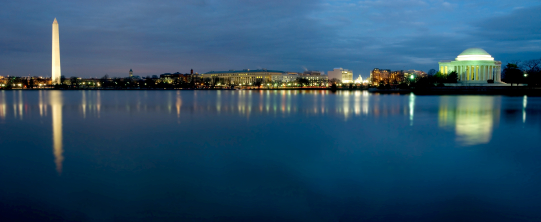
Washington, D.C. seeks to promote environmental sustainability by updating zoning code.
To promote sustainability, Washington, D.C. is changing its fifty-year-old zoning code. The D.C. Office of Planning has been reviewing the city’s zoning code since 2007, and has already written most of the changes it plans to submit to the Zoning Commission for final approval.
Proponents of GAR requirements emphasize that modest individual efforts will “green” the city more effectively than expensive, centralized projects could. According to Travis Parker, who is leading the Department of Planning’s efforts to update the Zoning Code, GAR requirements will allow high-density development without sacrificing ecology or urban character. Parker also argues that the requirements will encourage owners to add permeable surfaces and plants that will enable the earth to filter pollutants and soak up excess water that would otherwise end up in the city’s already-overburdened sewers.
The new code would also eliminate most rules requiring building owners to provide a minimum number of parking spaces. Instead, the code will mandate city-wide parking maximums as a means to promote alternate forms of transportation and reduce housing costs, which are now increased by the price of parking lots.
Critics of the proposed changes argue that parking maximums will harm businesses that require large amounts of parking space and will increase builders’ construction costs by $15 for every GAR point. Critics are also concerned that GAR requirements will only encourage developers to put large swaths of low-cost lawn around buildings, resulting in de-urbanization of the city.
Parker emphasized that the Office of Planning has encouraged public debate, and incorporated the feedback of private citizens into the new code. “We held meetings at every stage,” Parker said. “Two hundred public meetings in three and a half years. Some people did not get what they wanted, but I hope people are happy” in the end with how the code revisions turn out.



